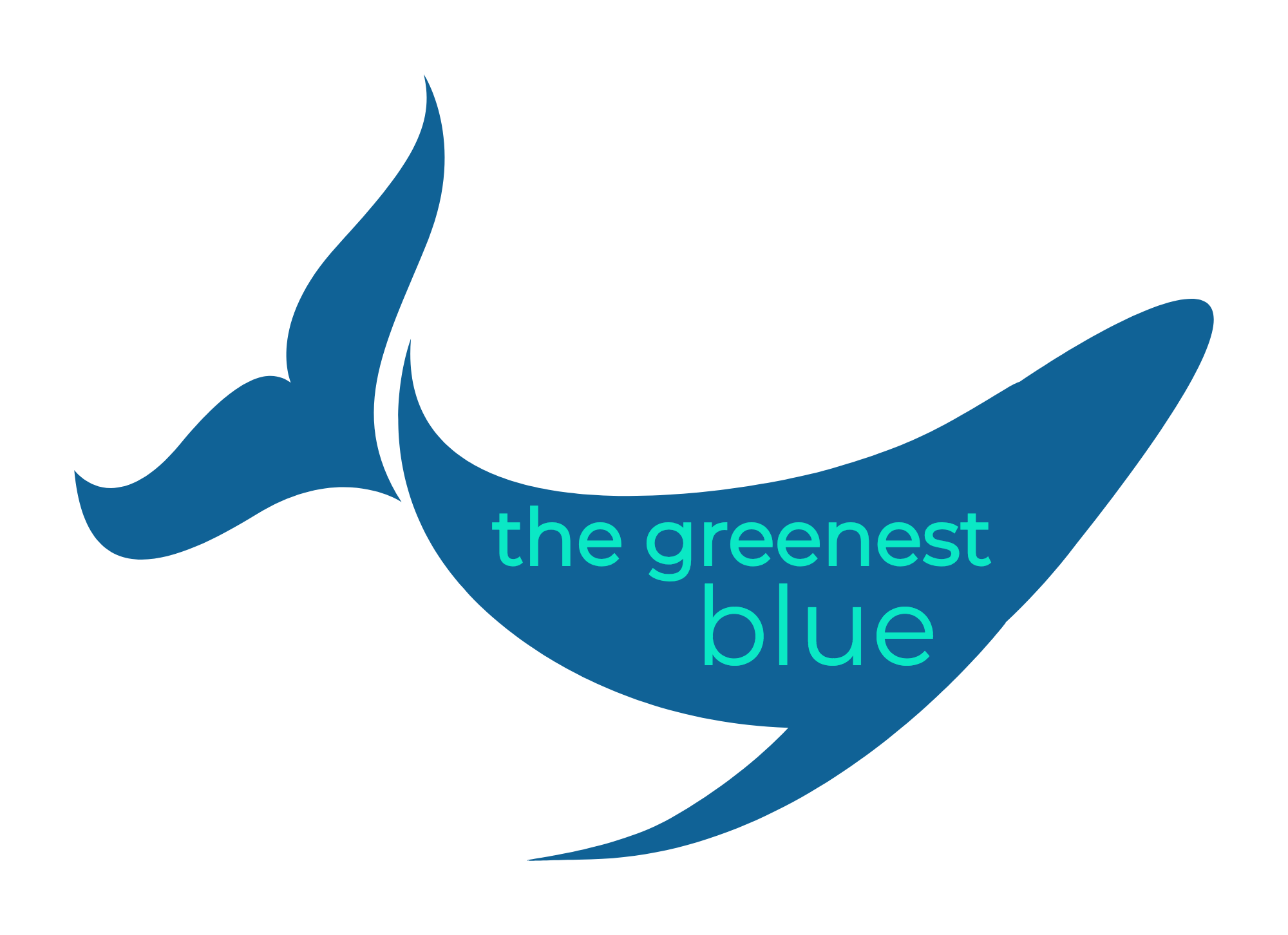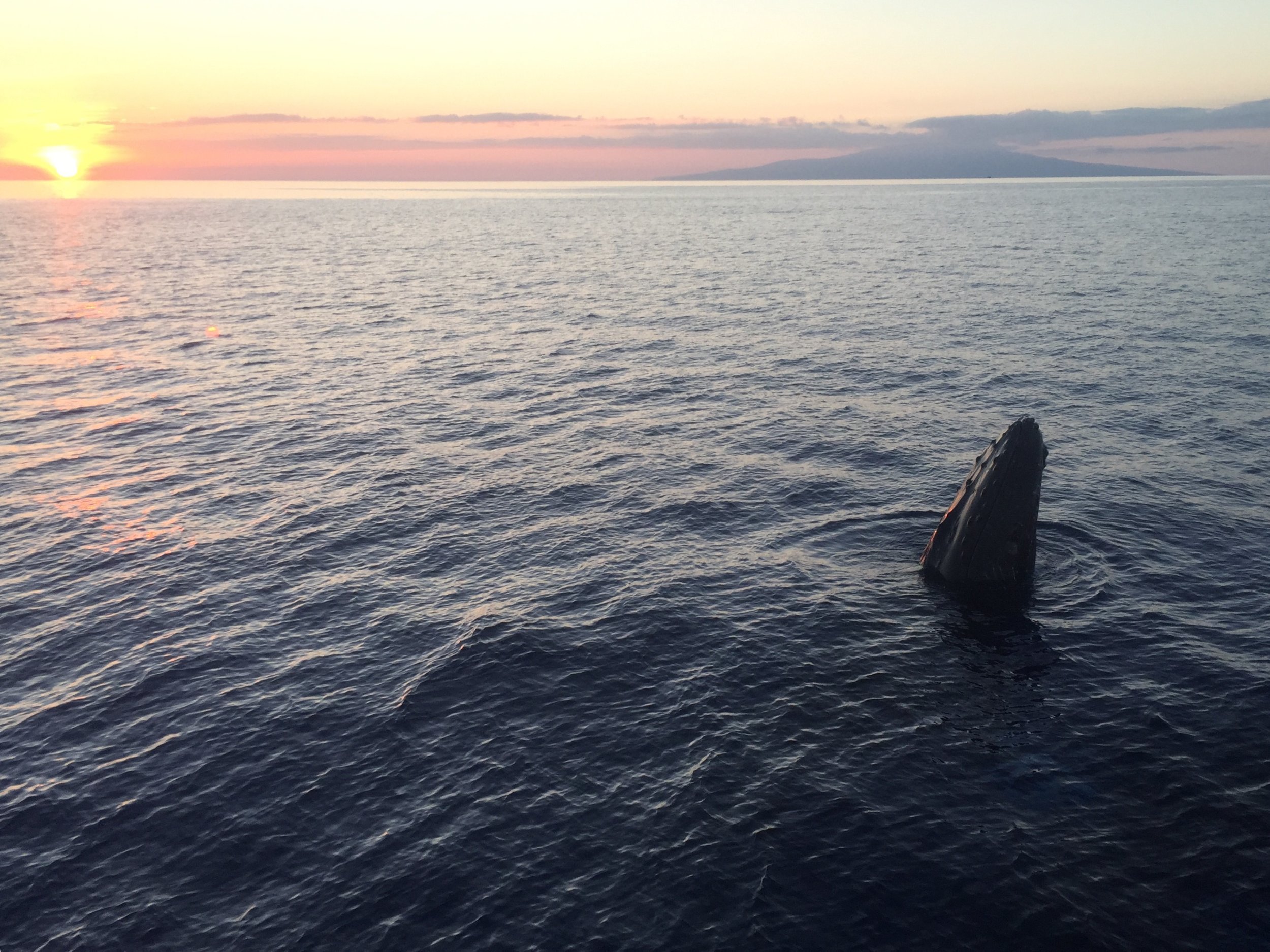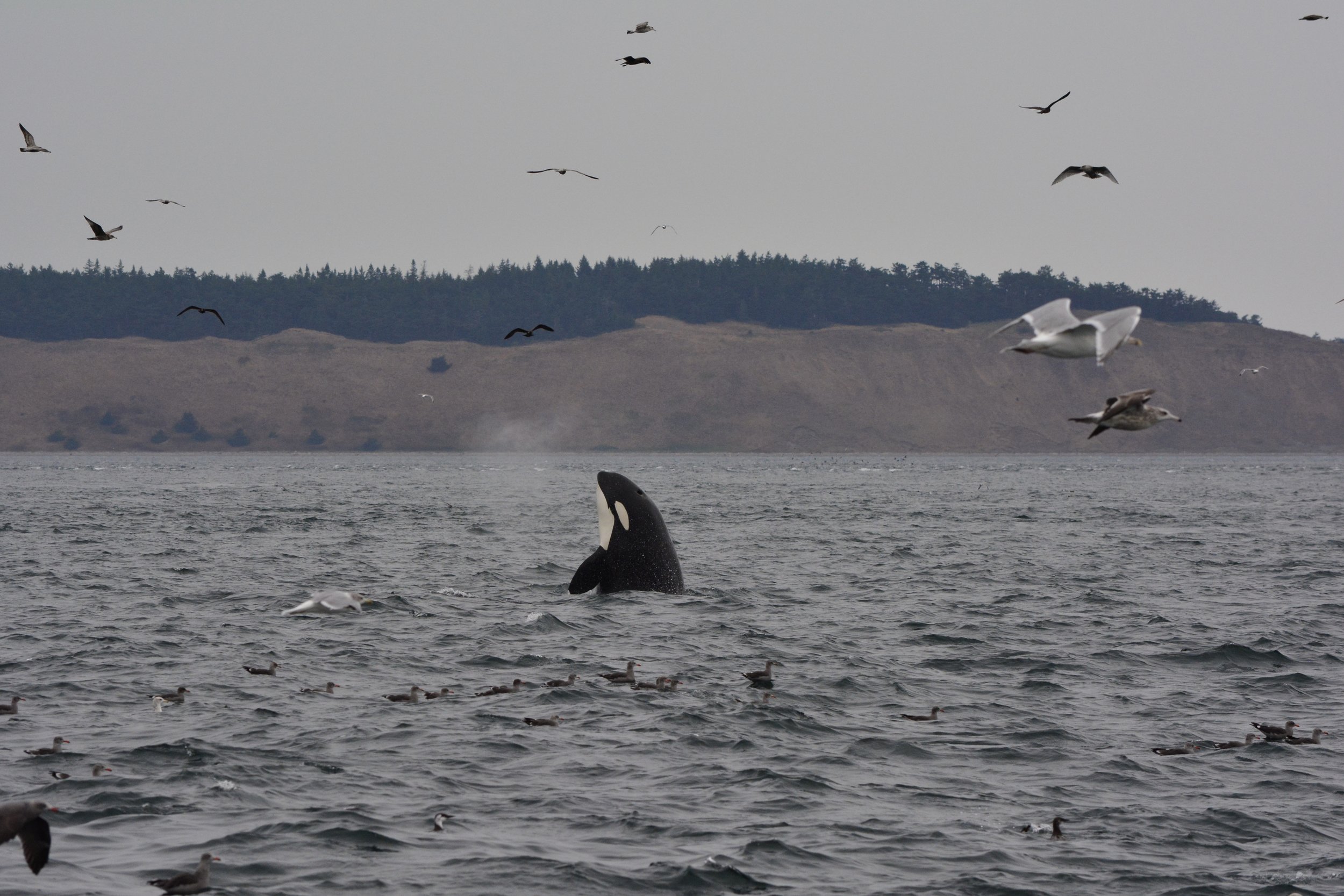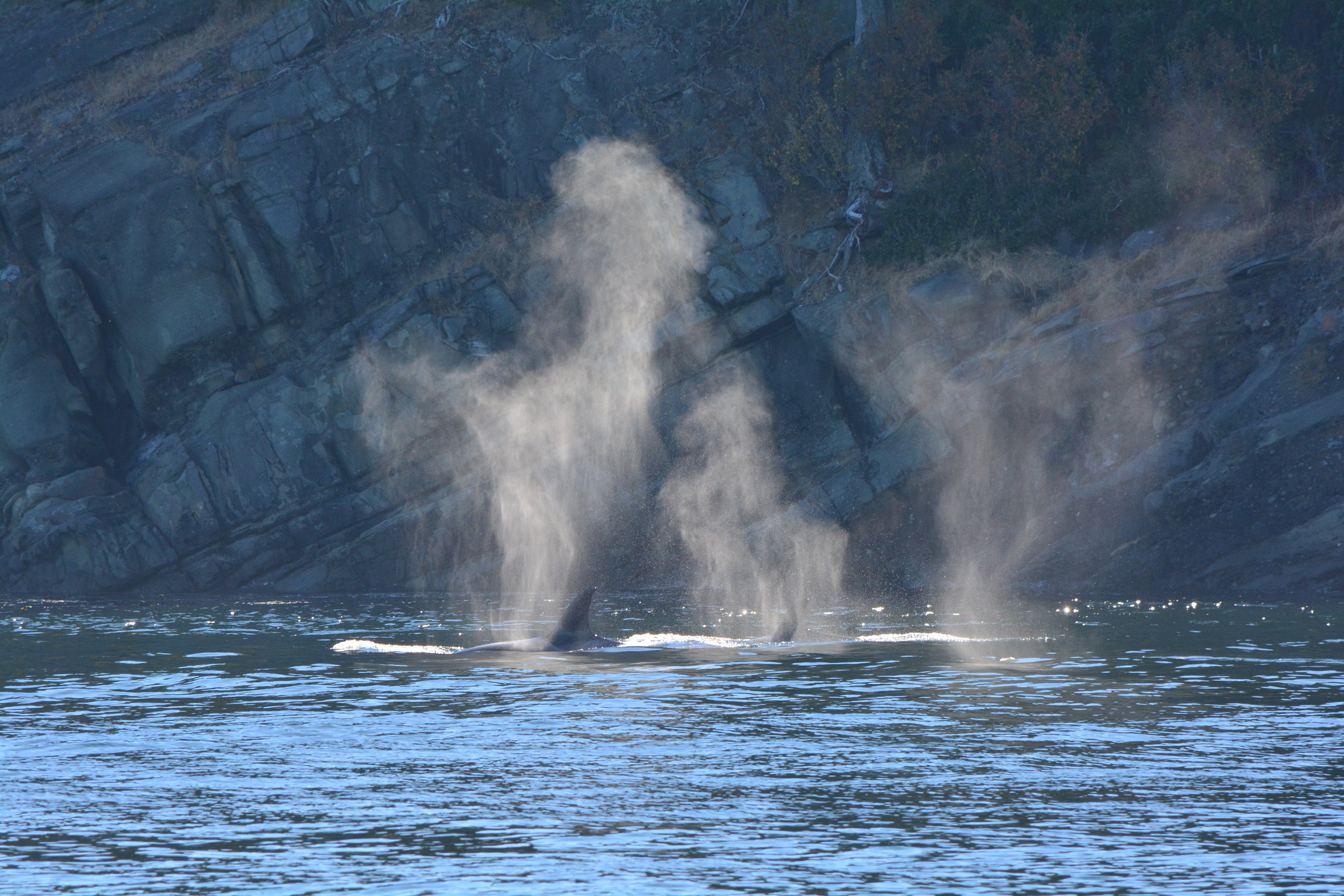Working with "Charismatic Megafauna" to Raise Awareness for Conservation Goals — Can a Naturalist Make a Difference?
The ocean is full of incredible creatures, many of which the average person will never lay eyes on in their lifetime. Although about 40% of humans live within 100 km of the coast, there's still plenty of us who spend our days without seeing, or thinking about, the big blue. It's easy to feel disconnected from something that we simply don't see every day. Is this why the ocean's health often slips from the list of factors that affect our day-to-day lifestyle choices? In my perfect world, the health of the sea would be at the forefront of everyone's mind when they make any decision that involves sustainability and conservation. But it's not always so. Not everyone can live by the ocean. Not everyone wants to live by the ocean. Not everyone realizes that our health and wellbeing is intimately tied to the wellbeing of the sea. This is why it is important to give reminders of why the ocean is an incredible gift — not to mention essential for our survival as a species — and why it deserves respect and protection.
And what's the best way to do this? I'm not sure that there is a best way to convince people to join the ocean conservation fight. Everyone reacts and connects in a different way, just as some people are more visual or more auditory learners. Although this can be frustrating at times when working in the ecotourism industry, when I feel I just can't connect with someone, it can be just as exciting to see real results in the way someone's perspective has changed when they leave the tour. I'm on an endless mission to find the surest ways to motivate different types of people and convince them that the ocean is something worth caring about.
I've got some options to spread the message:
Start a conversation and simply talk about conservation issues.
Show pictures, write blogs.
Show videos, like influential and impactful documentaries (Chasing Coral, mind-blowing).
Maybe send an article, or a paper, or the latest study from the New York Times.
Or I can take people out to see this:
There's something humbling about watching animals in their natural environment. Sometimes, you just get lucky and see wild animals by happenstance, whether it's a bear in the forest during a hike, a dolphin leaping beyond the break while you're picnicking at the beach, or a whale spouting along the rocky shoreline on a stop along your coastal road trip. But as the numbers of many of these animals decrease, and access to the natural environment becomes more limited and an unrealistic part of daily life for most, it takes more of an effort to see these critters. Fortunately, many people with the financial resources to do so are willing to spend money to go out on a tour and experience a bit of nature. Ecotourism operators are able to make the natural environment more accessible for a variety of folks who don't own a kayak, scuba or snorkel gear, or their own boat.
“For urban and suburban dwellers, daily interactions with wildlife or nature may be limited. Wildlife tourism seeks to fill this modern-day void, offering visitors the chance to closely view or in some cases interact with wildlife. The psychological effects of observing and interacting with nature may be powerful; in particular, marine mammals have been known to evoke strong emotional responses
from spectators.”
The benefits of being out in nature are endless, for both the human psyche and for increasing awareness of conservation goals. When it comes to watching marine mammals, these particularly charismatic creatures can serve as a mechanism for capturing the imagination of children and adults alike and directing public attention toward conservation and environmental preservation (Barney, E., Mintzes, J., & Yen, C.-F. (2005). This is where the term "charismatic megafauna" comes into play - these are larger animals, usually mammals, with general appeal to the masses. Many whale and dolphin species (and sharks, I won't leave my elasmobranch friends out of the loop) are known throughout the world for their appeal, and thousands of people traverse the globe for glimpses of them. They're beautiful animals, but surely the reasons for our captivation with these creatures goes deeper. What is it?
Maybe it's the fact that we're both mammals (minus the sharks) and have so much in common, but we live in such different environments and lead such different lifestyles. Maybe it's the research that's revealing just how intelligent these animals are. Maybe it's an envy of the free and easy way they move through the water, the way they cartwheel and leap and backflip. Whatever it is, the connection is almost tangible, and if people have the opportunity to go out and experience this firsthand out on the water, it can make all the difference in how they perceive and connect with the marine environment. This can shake people "awake" to environmental crises and issues like pollution, entanglement, and overfishing — they realize these aren't just black-and-white news headlines that are "out of sight, out of mind", these are tangible problems that are killing the magnificent megafauna they've fallen in love with.
Ecotourism can be truly beneficial in this respect. While the day-to-day grind of working as a naturalist or guide might not be so glamorous (think puke buckets and wetsuit washing, scary lifesaving situations and boat maintenance), the chance to help someone forge a connection with nature and hopefully motivate them to participate in the conservation movement for the rest of their life makes it all worth it.
“Typically, formal and informal environmental education (EE) programs seek to encourage attitudes and behaviors that are “environmentally responsible,” with a view toward conserving natural resources and preserving and protecting the diversity of life forms in a variety of habitats, especially among those species considered endangered or threatened by human activity.”
But what about those who can't afford to travel or go out on a boat to see these animals? It's certainly not an inexpensive outing. I'd love to make whale watching and swim-with-dolphin excursions more affordable and accessible to those who are interested, but can't afford it. I hope in the future this can be addressed further as we continue to realize what a positive impact ecotourism can have for people from all walks of life.
I've been fortunate enough to work as an intern on a cage-diving boat in South Africa, a naturalist on whale watch and snorkel excursions on Maui, a naturalist in the San Juan Islands, and now as a guide for a swim-with-dolphins ecotourism company in Kaikoura, New Zealand. It's a little mind-boggling to think of the number of people I've met and taken out on tours throughout the last three years. Am I making a difference? Does anyone remember what they learned? I like to think so. But you should come find out for yourself - I'm currently taking swimmers out with wild dusky dolphins on the east coast of New Zealand's South Island. Come and see me!
Also shout out to cartilaginous fishes, they can be characteristic megafauna too :) This video is a quick sum-up of my experience working on a cage-diving boat in Gansbaai, South Africa, the great white shark capital of the world.
Sources:
Barney, E., Mintzes, J., & Yen, C.-F. (2005). Assessing knowledge, attitudes and behavior toward
charismatic megafauna: The case of dolphins. Journal of Environmental Education.
Michael Lück & Brooke A. Porter (2017): Experiences on swim-with-dolphins tours: an importance–performance analysis of dolphin tour participants in Kaikoura, New Zealand, Journal of Ecotourism, DOI: 10.1080/14724049.2017.1353609




